
Passenger Timetable
Baltimore and Ohio Railroad Baltimore Division Lakeland is not shown on that timetable

Baltimore and Ohio Railroad Baltimore Division Lakeland is not shown on that timetable

Evening Star News Article Page 10 Several people at Lakeland saw a meteor burn across the sky and fall into the lake.

Evening Star May 12 1952
District 16, Hyattsville
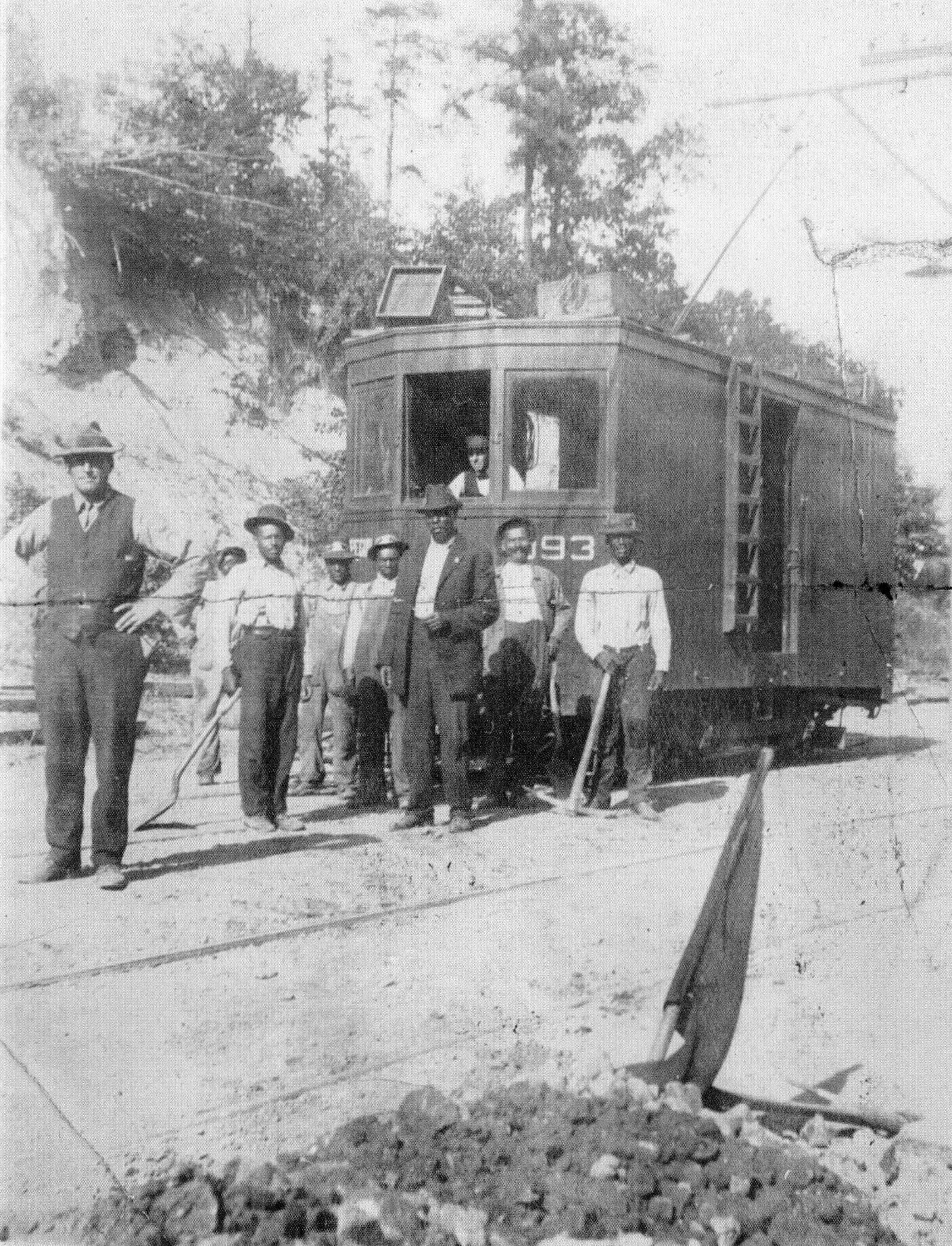
Benjamin Robert Hicks was employed for years on the Baltimore & Ohio Railroad. He was a member of a crew that built, maintained and repaired hundreds of miles of railroad track. He is pictured in the middle, the tall man in the dark jacket. Several of Lakeland's earliest African American settlers came to the community through their work on the railroad, including Benjamin Hicks, John C. Johnson, and Joseph Brooks.
Image from railroad survey


Derailment of B&O freight train at Lakeland crossing.
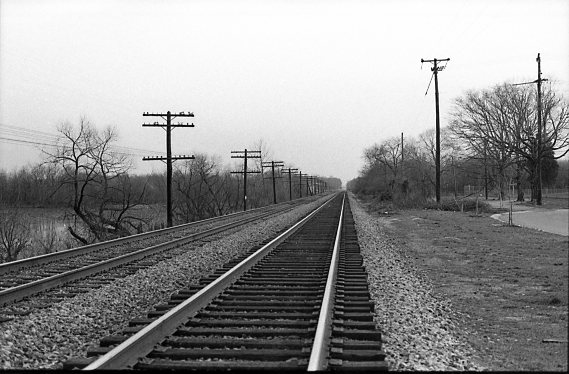
Lakeland looking South
Image from railroad survey
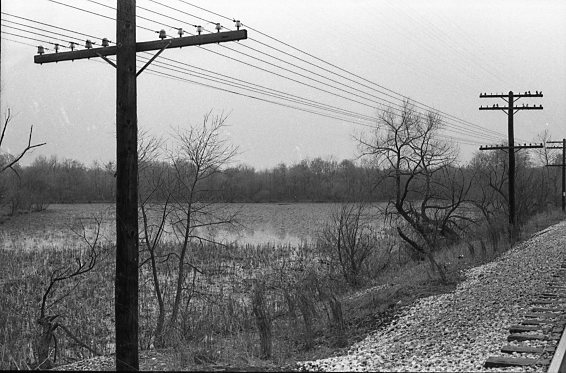
Evening Star February 12 1904 p 16 Washington Branch Changes Changes to schedule of trains on Baltimore and Ohio Railroad effective at once: Local trains will leave Washington at 4:43 pm rather than 4:40 pm. Tran leaving Washington at 5:20 PM will stop at Brentwood, Riverdale, Lakeland, Berwyn and Sunnyside as well as the regular schedule.
Includes details of facilities on train line. Covers Lakeland, Berwyn, Branchville, and Daniel’s Park. Shown are indicators of a water tower near the lake and station signs between Cloud Avenue and Pierce Avenue. The map also lists acquisition information for railroad property. Lakeland is shown along with the location’s mileage designation, 1149+657 and is marked Lakeland Platforms, other notations include Berwyn Station, and Branchville Station.
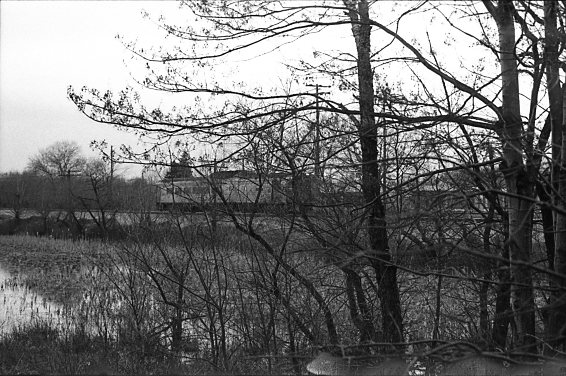
Lake Artemisia and
Gives facilities and land acquisition information for Riverdale, Hyattsville, and College Park. Other information is given including identification of buildings and names of property owners for land adjacent to railroad land.

Evening Star May 11 1952

Officers, Agents, Stations, Sidings and Mileage Lakeland is listed along with Paint Branch. Paint Branch is noted to have a water tower.
Gives facilities and land acquisition information for Lakeland, Berwyn, Branchville . Other information is given including identification of buildings and names of property owners for land adjacent to railroad land. Map shows changes in street names, the addition of an area next to Lakeland called Paint Branch and Lakeland Platforms does not appear on the map. A listing of facility changes is also given. Notations s show a “Fish House” adjacent to the rail lane at the location of “fish platforms”. The platforms were retired in 1931. This is a revision to the 1918 survey and contains a notations on property transfers for each area beginning with the company's acquisition of the property noted.
Washington Post May 12, 1952 Page 1 21 cars derailed from a freight train traveling along the Baltimore and Ohio. The accident happened at the crossing at Lakeland Road. A fire broke out among two of the cars containing naphtha. It burned for 17 hours. Police cars outfitted with loudspeakers were used to alert the community of possible danger. Cargo on the train included naphtha, ale, beer, rock salt, soda and printing paper.
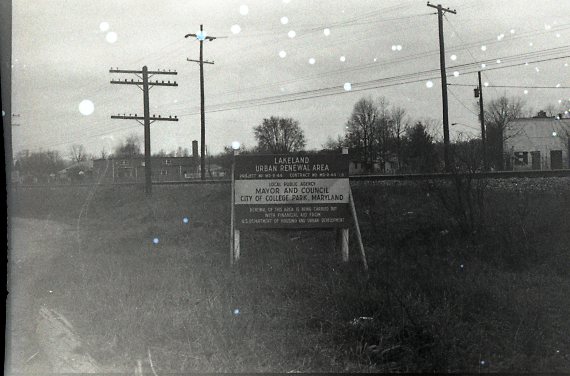
At 54th Avenue

Officers, Agents, Stations, Sidings and Mileage Baltimore and Ohio Railroad Official List No. 5 Page 26 showing Lakeland No agent is shown for that stop
Sunday Star May 11 1952
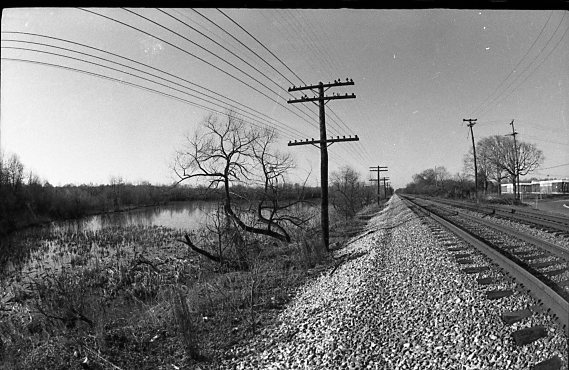
Going South

At Lakeland Road rails run parallel to 54th Avenue
Baltimore and Ohio Railroad at Paint Branch near Lakeland Image from 1918 railroad survey
Baltimore and Ohio Railroad Time-Table 21 Shows Lakeland as a flag stop available several times a day. For example the 76:20 train leaving Baltimore’s Camden Station had stops in Branchville at 7:22, Berwyn at 7:23, Lakeland at 7:24, College at 7:26, and Riverdale at 7:28. Branchville and Berwyn were station stops where the others were flag stops where passengers were required to request the that the train stop.
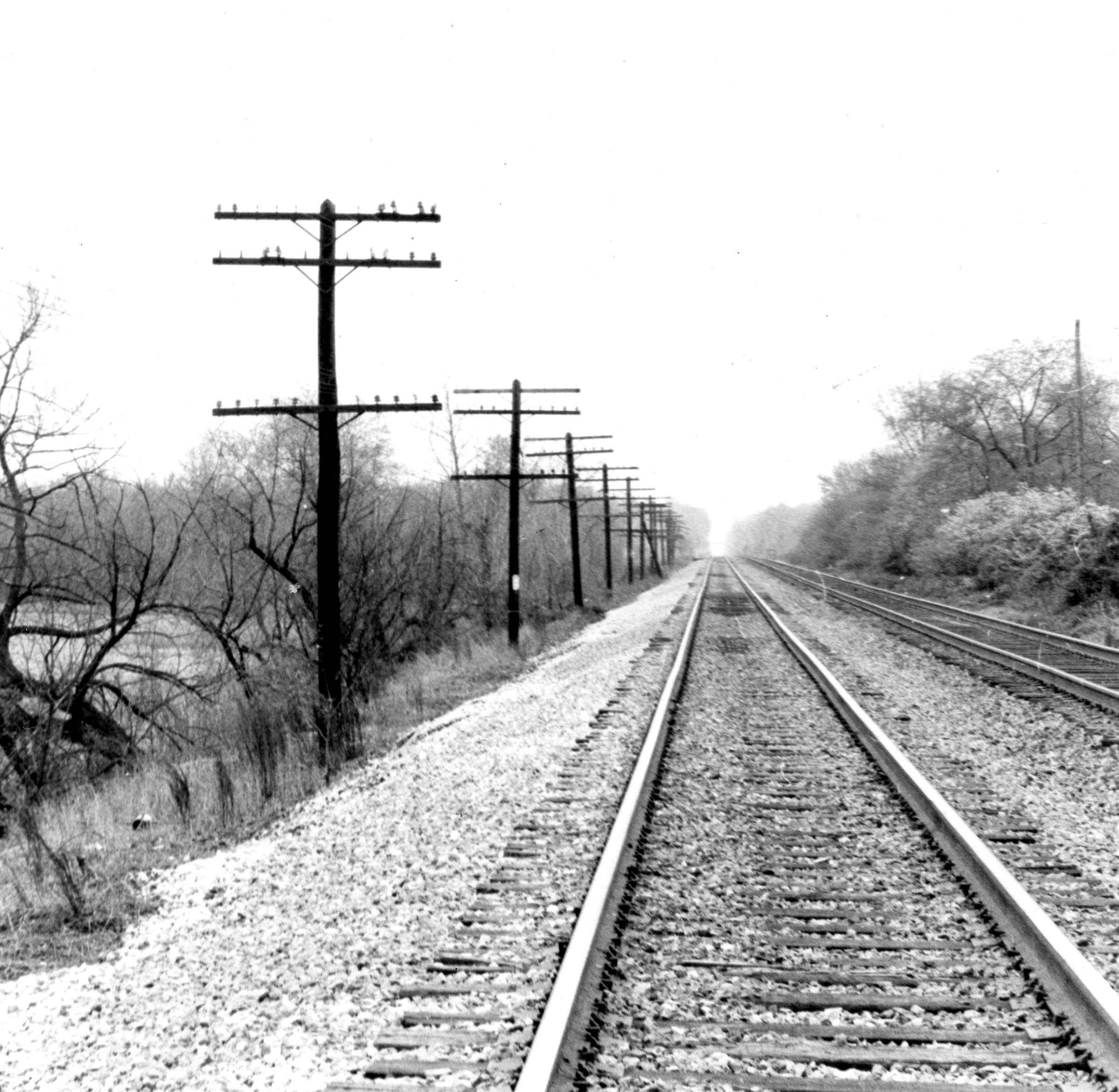
Railroad tracks at Lakeland looking south. In 1835, the Washington Branch of the Baltimore and Ohio Railroad opened and bisected the area that would become Lakeland, becoming an important part of the landscape. By the early 1900s, the railroad was a major source of communication, transportation, and employment for the residents of the area, including Lakelanders.

Looking South Within site are Lakeland School and 54th Avenue
Railroad survey Image
Image from railroad survey